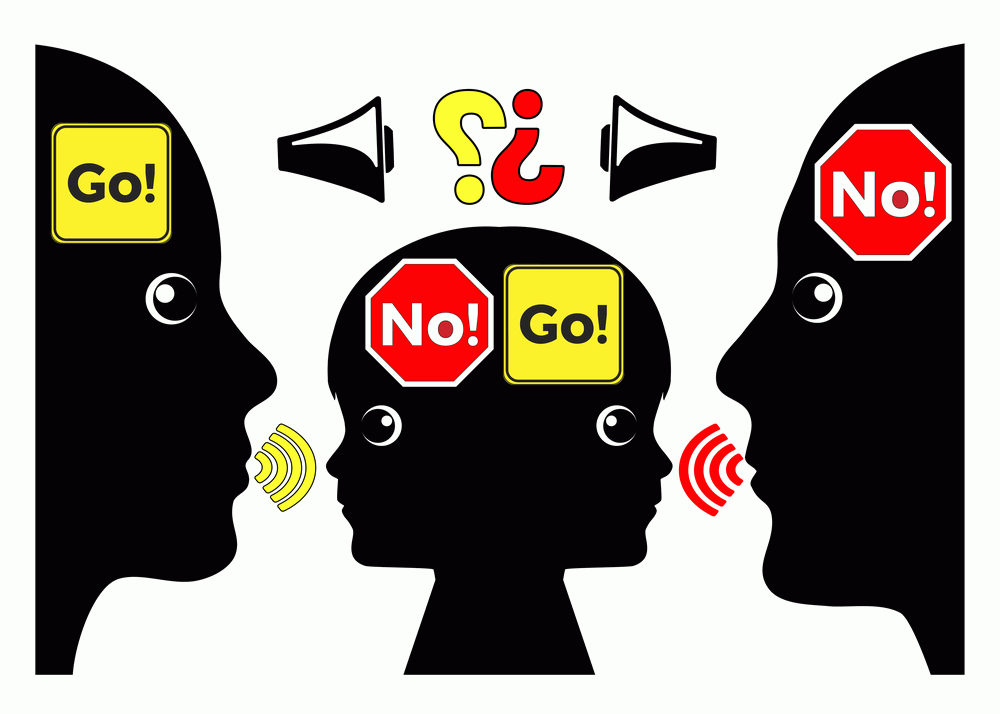Find out what’s distinct about PARENTING STYLES leading to superior performance, here are the 3 major styles covered in this article to better understand what’s distinct about the approach of master parents:
Parenting Styles 1: Helicopter Parenting
The term parenting of helicopters comes from the 1969 book Between Parent and Teenager by Dr. Haim Ginott, in which a child complains that his mother is hovering over him like a helicopter. This style of parenting is highly involved and often intrusive, and the term is generally considered derogatory.
But helicopter parenting is not without advantages. The abundance of attention helps the child feel cared for and provides the parent with ample opportunities to monitor the child and their teachers and introduce new things to the child.
Helicopter parents, however, are often so omnipresent that it limits the opportunities for their children to learn how to handle obstacles solo and build trust in their abilities. Helicopter parents ‘ children find it difficult to establish truly their own relationships, especially with adults.
The parents of the helicopter also put a mental toll on themselves. They can so deeply immerse themselves in their identity as the caretaker of their child that they feel lost when the child leaves home.
The parent is carefully monitoring the child in the Formula, but it’s strategic to get involved. The parent maintains their distance in the roles of Flight Engineer and Fixer most of the time, intervening only when the child is unable to handle a situation on its own. This enables the child to build confidence in his or her ability to figure out things alone while still feeling safe and supported.
And although parenting is a top priority for master parents, it’s not their entire world. In other words, while parenting is a priority and a reason for sacrifice, master parents are separated from child – rearing by their own interests and goals.
Parenting Styles 2: Tiger Parenting
In her 2011 memoir on tough love in Asian families, the Tiger Mother’s Battle Hymn, Yale professor and mother of two Amy Chua coined the popular term tiger mother.
The tiger parent, like the Early-Learning Partner, spends a ton of time reading and playing games with their kids to help them adopt a habit of learning new things and passion. Later, however, in academic and extracurricular activities, tiger parents place heavy demands on their children to achieve perfection.
Master parents want their children to do their best and grades provide a useful indication of this, but they are not obsessed with obtaining perfection or admission to an Ivy League college for their children.
For the child to work towards the parent’s ideas of what they should be or do is less important to them than for the child to find their own direction in life and learn how to work effectively towards it.
Tiger parenting does not foster autonomy, and may hamper purpose development. Moreover, it can cause emotional harm, sparking inadequate and resentful feelings. A study of 444 Chinese American students in 2013 found that tiger parenting was neither the most common nor the most effective way for those families to bring up children.
Children parented by tiger parents had lower grades and felt less family-oriented in a more “supportive” style compared to those children parented. By contrast, master parenting brings out the best in highly attainable children by helping them identify their own goals in life and supporting them in their efforts to achieve those goals.
Parenting Styles 3: Authoritative Parenting
In order to understand what the Formula is and is not, the final parenting style is instructive.
Clinical psychologist Diana Baumrind was concerned in the 1960s about the misguided and damaging the existing debate on child discipline. There were parents in one camp who thought they should avoid spanking their children. Instead, even when the child was acting out, they chose to hug and kiss them.
The other camp believed parents were supposed to rule with an iron hand, being strict and quick to handle corporal punishment.
Baumrind thought both were wrong. She coined the authoritative parenting phrase that represents a middle ground— or “lenient-strict,” coincidentally the exact term used to describe herself by Elizabeth Lee. Authoritative parenting as a style is defined as being emotionally responsive and loving, but also as being firm (although fair) in establishing and enforcing rules.
The child who has been parented using the authoritative style knows that their parents are listening to them and respecting them, but also that their parents are going to enforce their rules.
Authoritative parenting contrasts with parenting which shows too little responsiveness to the child’s preferences (authoritarian parenting), too little boundary setting (permissive parenting), and too little of both responsiveness and enforcement of boundaries (neglectful parenting).
Of the types of parenting we have discussed here, the most common feature of authoritative parenting is the Formula. Like master parents, authoritative parents effectively balance drawing boundaries and allowing the child to make their own choices.




